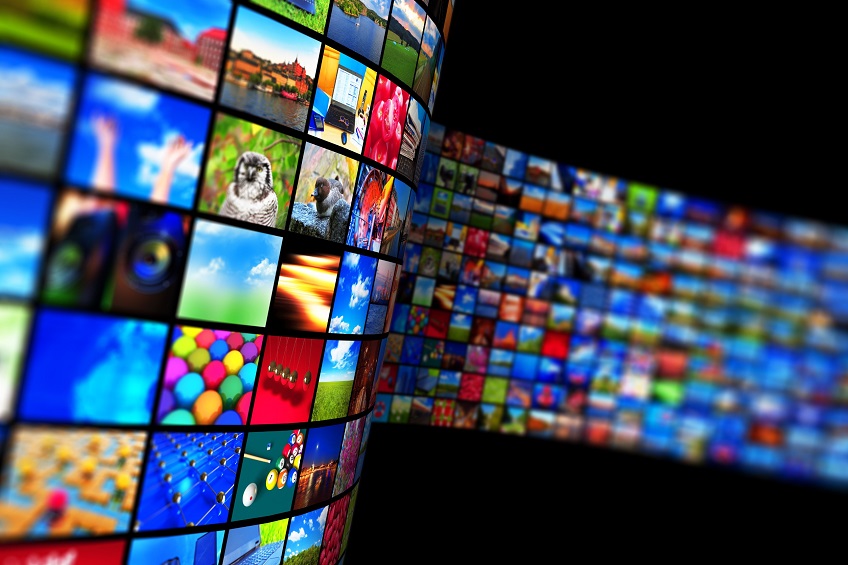Driving organic, desired traffic to your website involves planning. Content needs to be clear and purposeful, and there are numerous factors that go into an SEO design. One of these factors involves the media elements on your page. A website’s media elements have a great impact on the overall function and delivery of a page. This blog shares four tips on how to optimize media elements to create a faster, more user-friendly website.
- Use the appropriate image format: Your photo format will play an important role in your site’s functionality. JPEG and PNG are the most common image formats. JPEG allows you to control photo quality in relation to the size, whereas PNG supports transparency and is a better choice when you need the image to blend with other page content. PNG is often a larger file than JPEG, unless you’re dealing with regular patterns and colors. Sometimes you can replace a PNG image with an SVG image, and the benefit here is that SVGs use a vector format meaning the image can be scaled wile also keeping the quality. WebP formats are adapted to modern browsers and offer better compression levels than either JPEG or PNG formats. However, older browsers lack a little in supporting these files, so it’s best to generate these images in two formats: WebP and a JPEG or PNG.
- Use the lazy-loading attribute: Lazy loading refers to the process of designing a website that defers image loading to when the images are actually needed rather than all at the beginning. Delaying images to a later load time will greatly impact the speed of rendering. Two things must be prioritized with this method: one, you must specify image dimensions to prevent the images from shifting on the page, and two, still use eager loading for any images that you want to see immediately and not after scrolling for a bit.
- Focus on the dimensions of the image: A common mistake we see people make when creating their website is that they upload huge, high-resolution photos. What this does is increases the size of a file a browser needs to download when a user is visitng the site. In other words, the load time is slower. Instead, audit the images first and see if it’s possible to reduce the file size while also maintaining the clarity. You can do this by removing metadata, reducing the resolution, and/or compressing the file.
- Consider embedded images for very small images: This option is an alternative technique to optimizing the loading of small images. You can embed them directly into the CSS website code rather than a link to the image. Sometimes the images can be even heavier than the original image, so it only works well on very small images as a method of decreasing the size of your CSS code.
There are many ways to optimize images and other media elements on websites, and the right method will depend on your site’s demands. For help on optimization of any kind, including media elements, Utah SEO can help.
